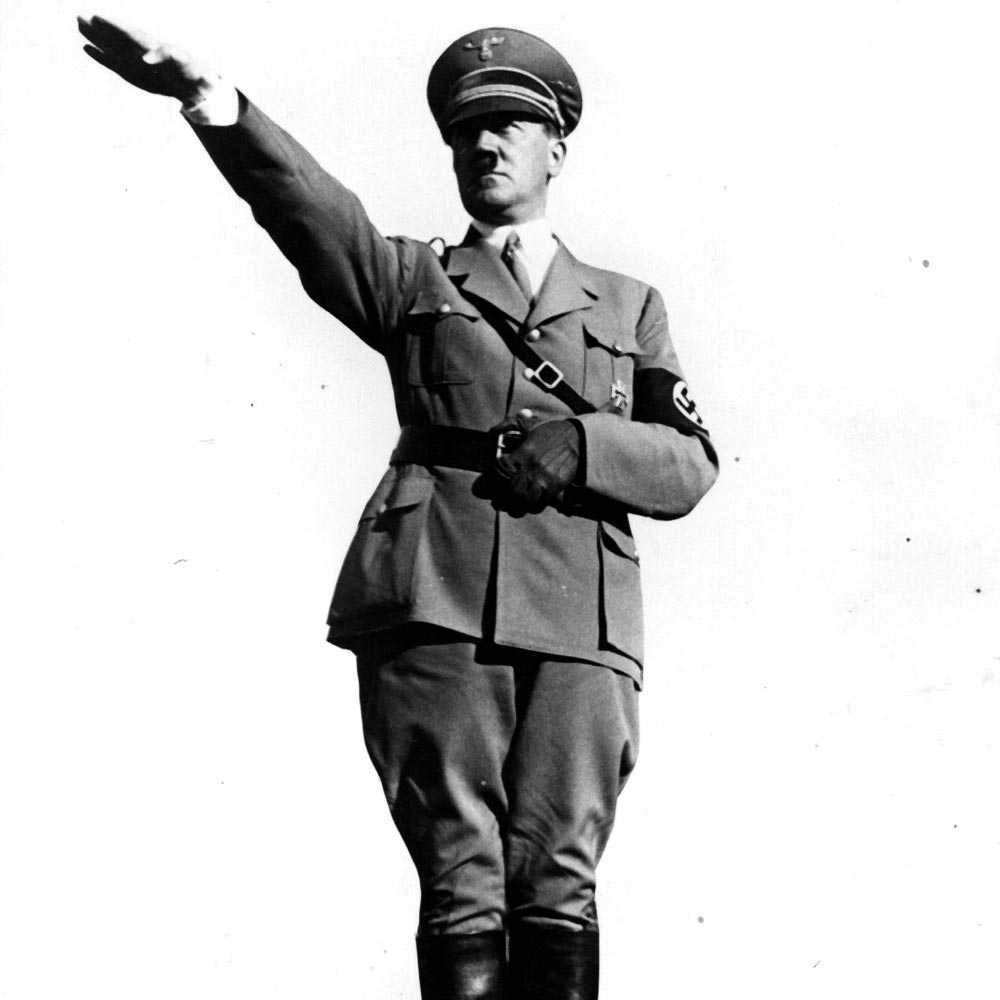
The Swing Youth were an informal organisation and spread across Germany – though many were based in Hamburg. The Swing Youth rejected this suppression, and in particular, the way the Nazis tried to control young people and their musical interests through organisations such as the regimented Hitler Youth. The Nazis regarded both of these forms of music as un-German and degenerate and as such, attempted to suppress the popularity of jazz and swing music. The Swing Youth were a group of young people in Nazi Germany who loved swing and jazz music. New songs were created that dealt with the latest news from the front, or stories of personal loss of family, friends and home. In the camps and ghettos, prisoners also used music as a way of resisting the Nazi persecution, preserving their humanity and recording their experiences. The increasing popularity of Jazz music in the 1920s and 1930s was also presented as proof by the Nazis that foreign music could infiltrate and weaken traditional German culture. Jazz music was seen by the Nazis as un-German and inferior, primarily due to their anti-Black racist beliefs, and belief that Jazz music had possible links to Jews. One style of music that the Nazis particularly opposed was Jazz. Some continued to listen to music by composers that the Nazis had banned, or forms of music that the Nazis believed to be ‘degenerate’. This form of nonconformity took several forms.

In 1933, the Reich Music Chamber was created to pursue these aims.ĭespite these restrictions, people in German used music and song to oppose the Nazis repressive rule. The Nazis sought to control music by promoting music which they deemed German and acceptable, and by suppressing music that they considered bad or ‘ Red with rage Hitler stepped up to him and shouted: ‘Don’t you know who I am? Why don’t you raise your hand?’ ‘I beg your pardon,’ replied the man politely, ‘I am the doctor. When Hitler approached they all raised their right hands and shouted: ‘Heil Hitler!’ Only the last man in the row uttered no sound and did not raise his hand.
#Hitler salute how to
All the patients were told to stand in a row, and they were given instructions on how to salute him. ‘Well – what is the difference?’ ‘The Bismarck herring had a head, sir the Hitler herring hasn’t’’. ‘I beg your pardon, sir’ apologized the waiter, ‘I can only serve you a Hitler herring’.

I stepped into the popular Aschinger restaurant in Berlin and ordered a Bismarck herring. The second suggests that only lunatics or the mentally ill would perform a Heil Hitler salute.


The first implies that Hitler has lost his mind and is unfit for office. Two of the jokes from the collection are used as examples below. In 1939, Count Alfred Hessenstein (who was previously part of the German Grand Duchy of Hesse and had emigrated to Britain) collected and published a volume entitled The Joke’s on Hitler – Underground Whispers from the Land of the Concentration Camp. In a regime that demanded complete conformity and removed the freedom of the press, telling anti-Nazi jokes provided a way to criticise and resist the regime with a much smaller risk of punishment.Īnti-Nazi jokes were on a variety of subjects: anti-Jewish policies were mocked, as well as economic policies and even Hitler himself. Landmesser was later imprisoned in a concentration camp by the Nazis, and, upon his release, conscripted into the German Army where he was killed in action.Īnti-Nazi jokes were used as a way of expressing discontent with the Nazi regime in general, or with specific policies. Landmesser was opposed to the Nazis and their racial worldview. In the top right-hand corner of the photograph, one man, believed to be August Landmesser, is not giving the Nazi salute like the rest of his colleagues. This photograph shows the launch of a new German navy vessel at the Blohm and Voss shipyard in Hamburg in 1936.


 0 kommentar(er)
0 kommentar(er)
